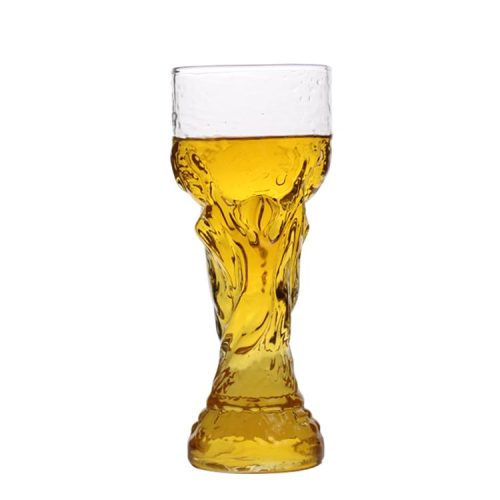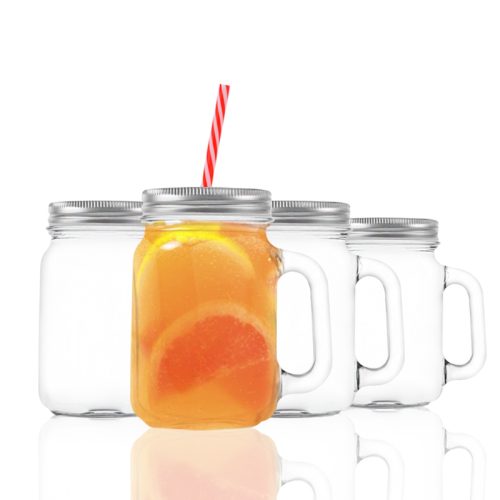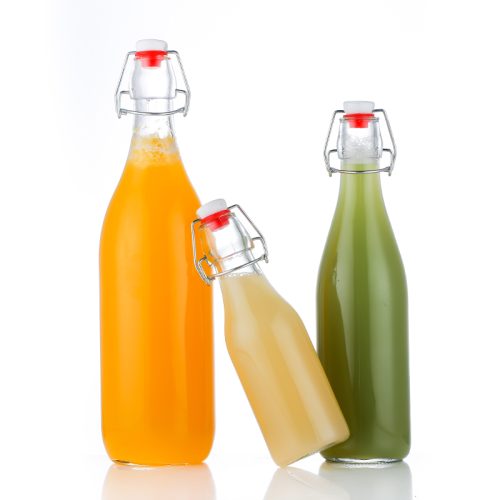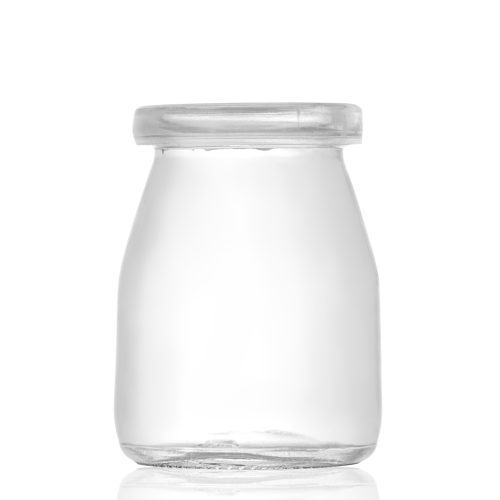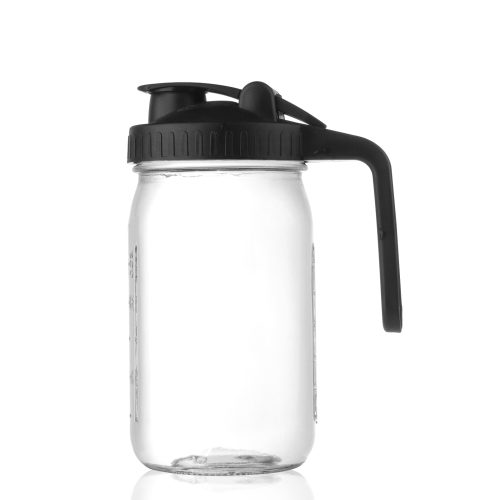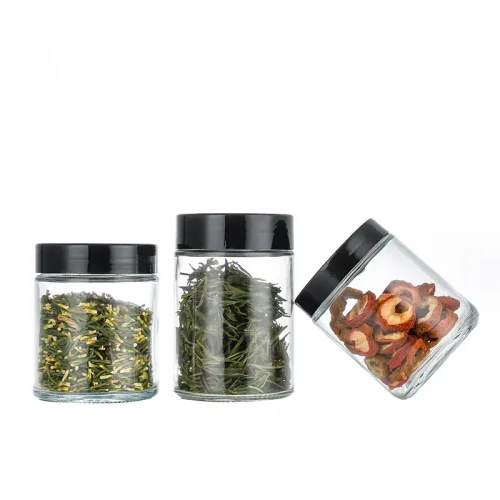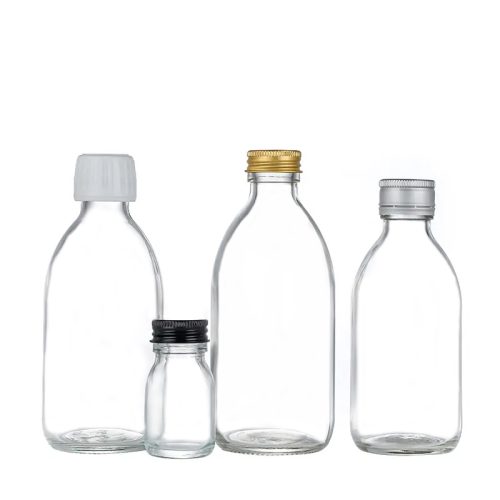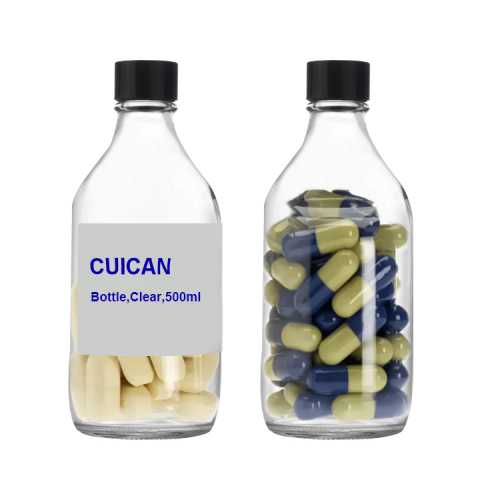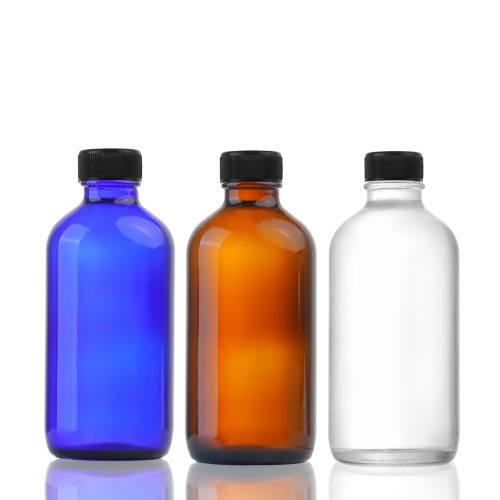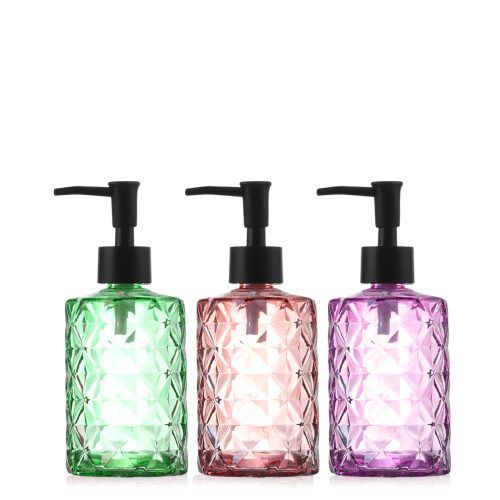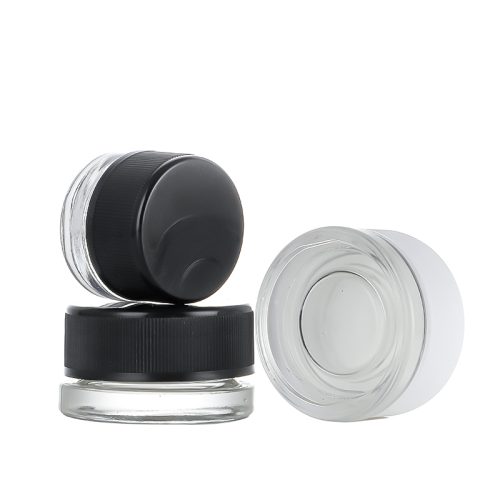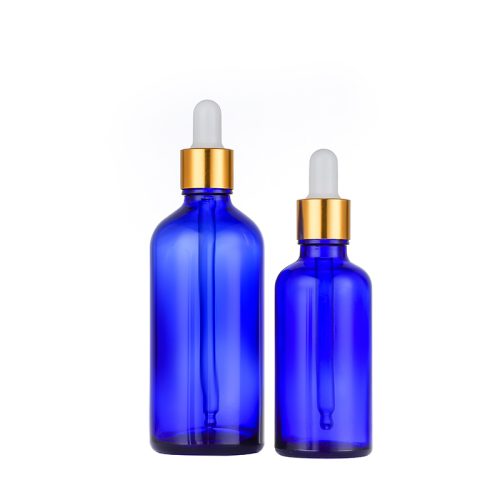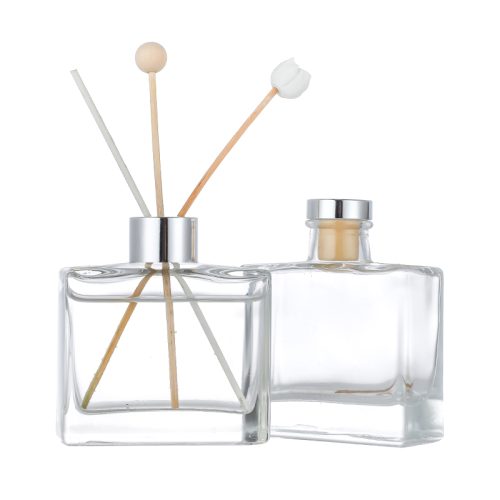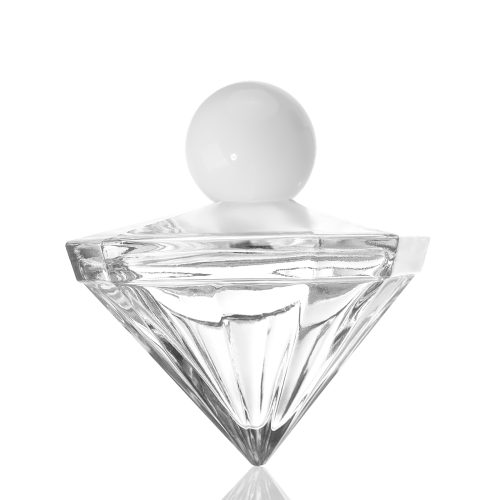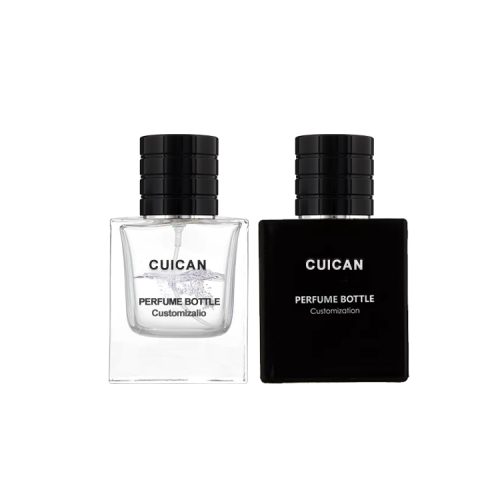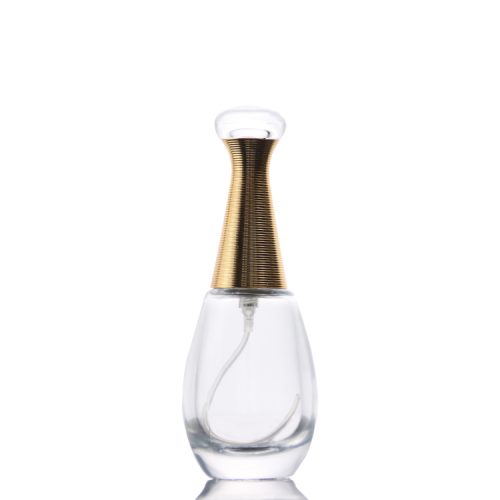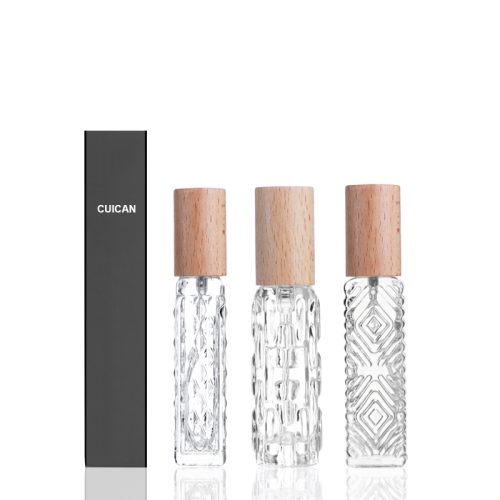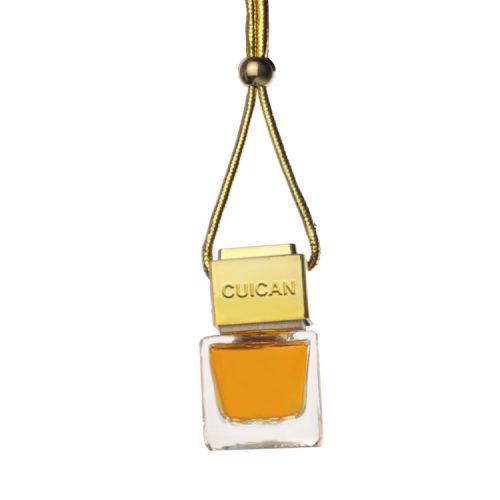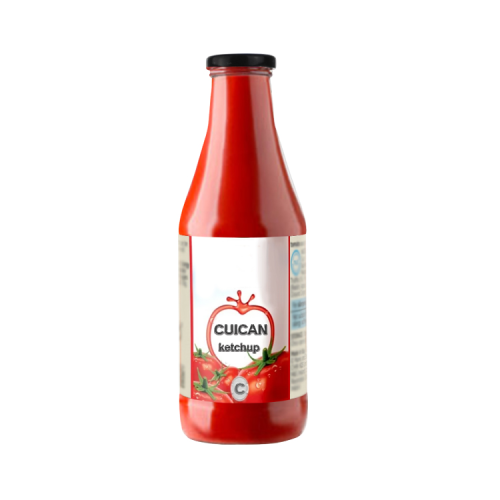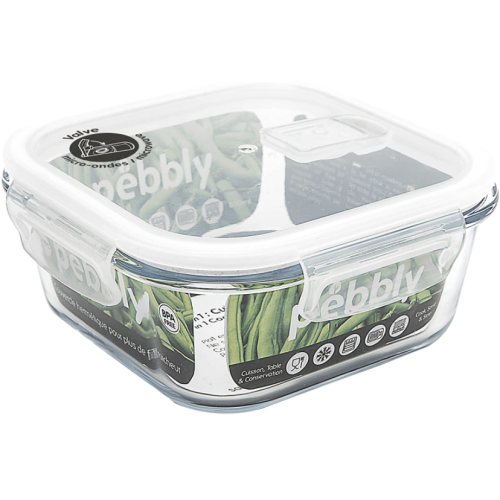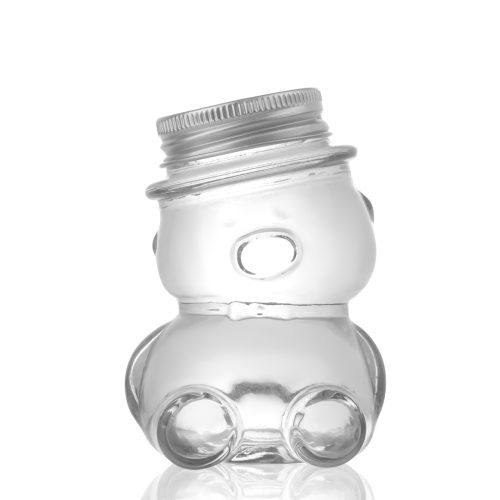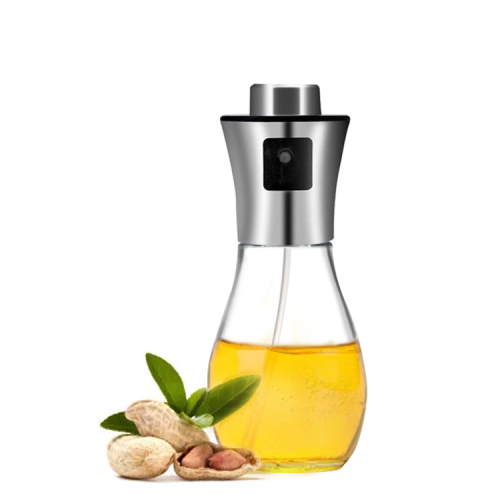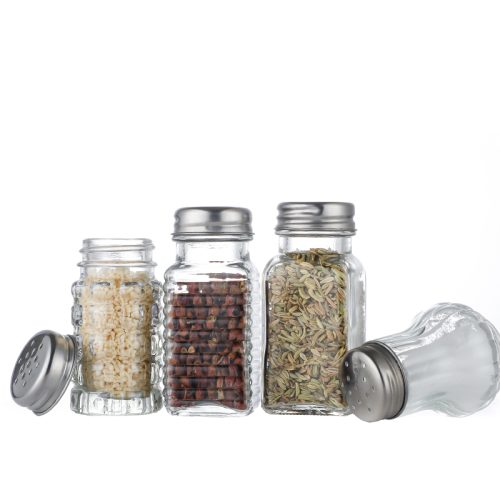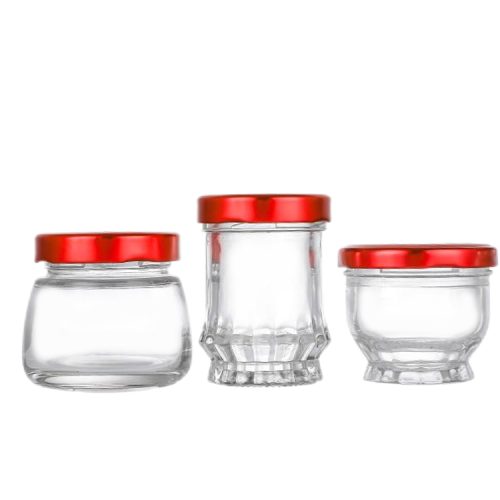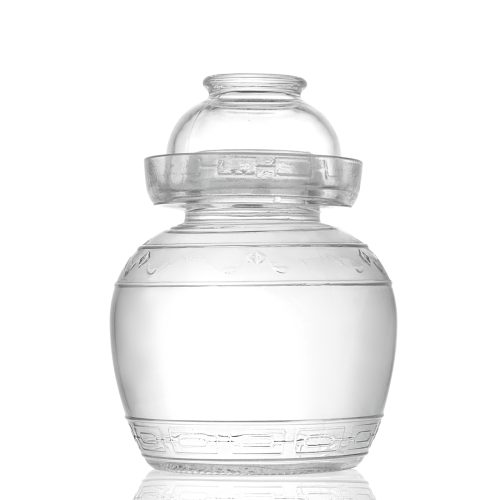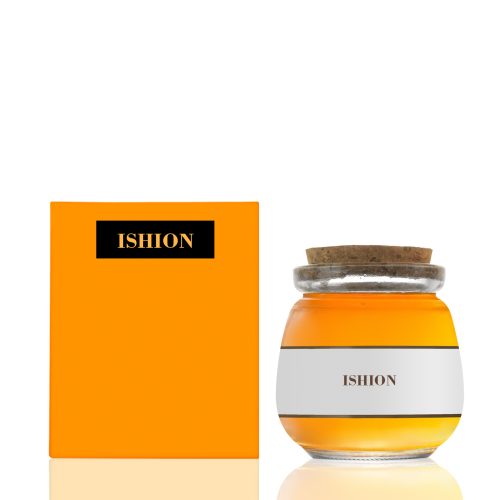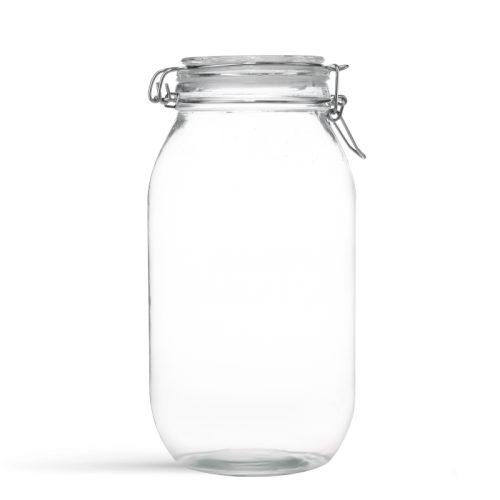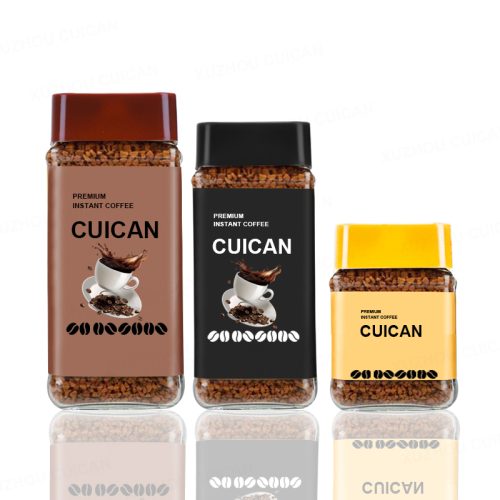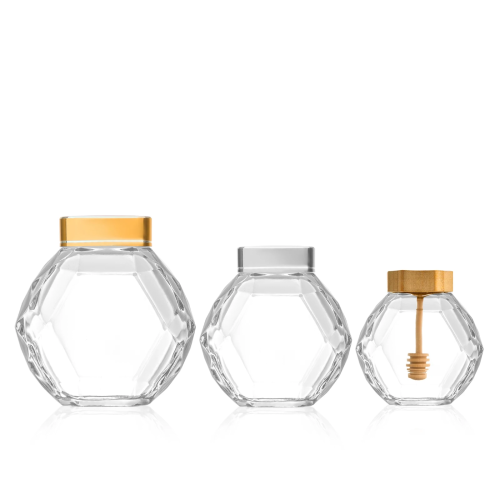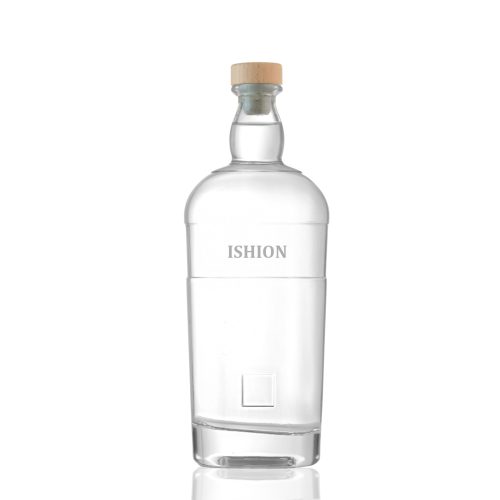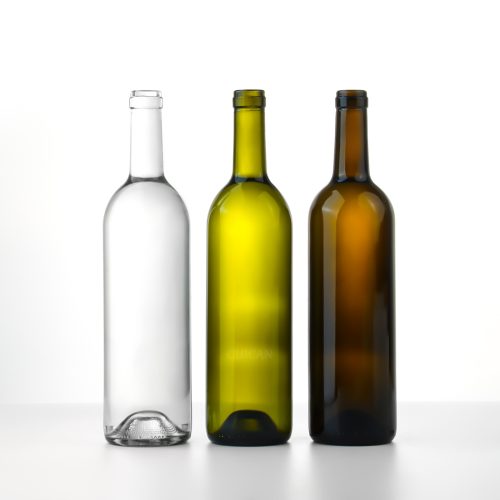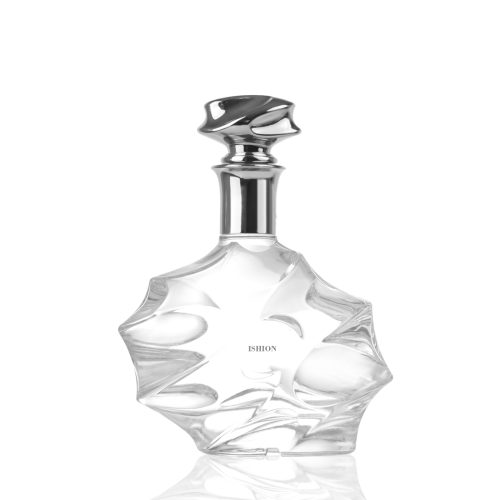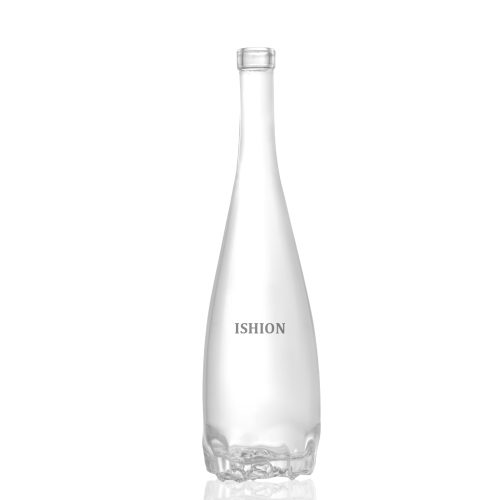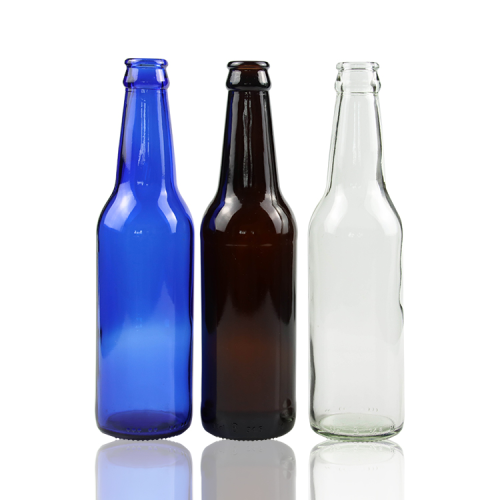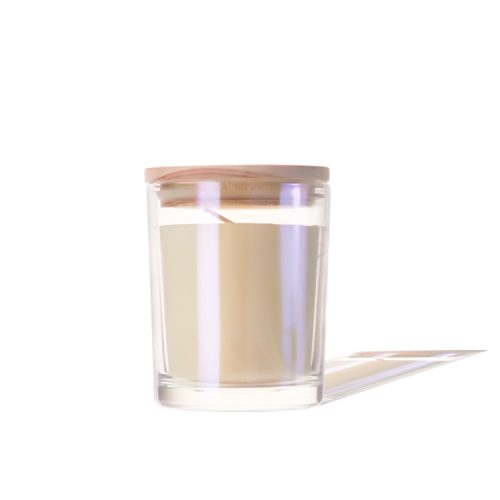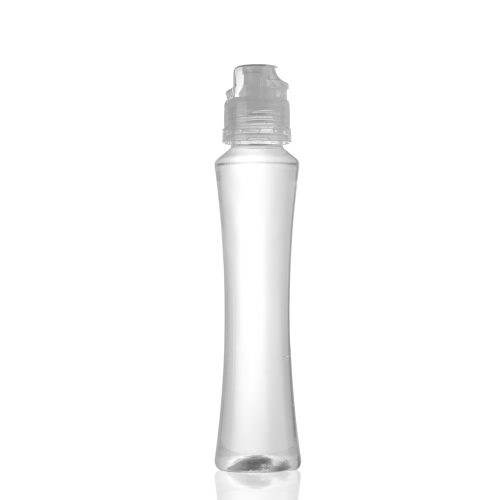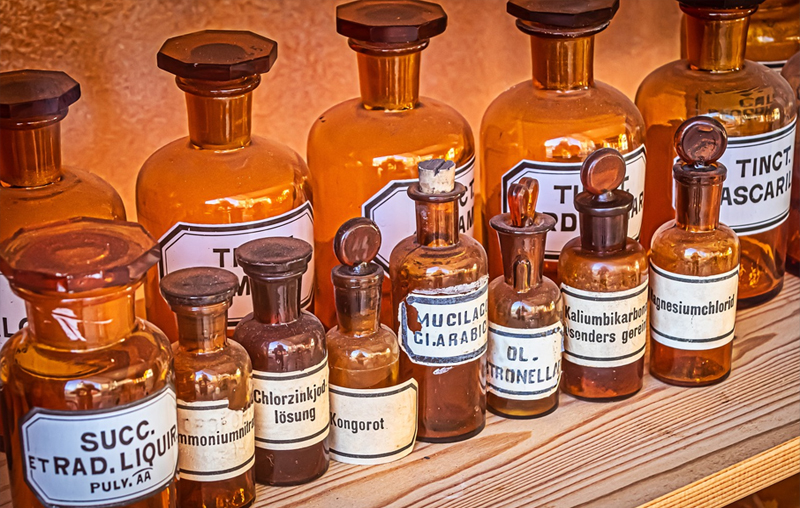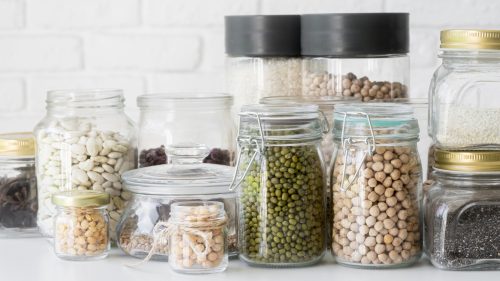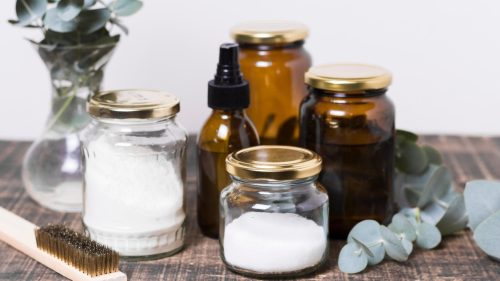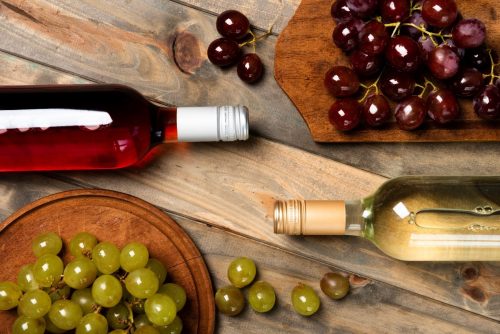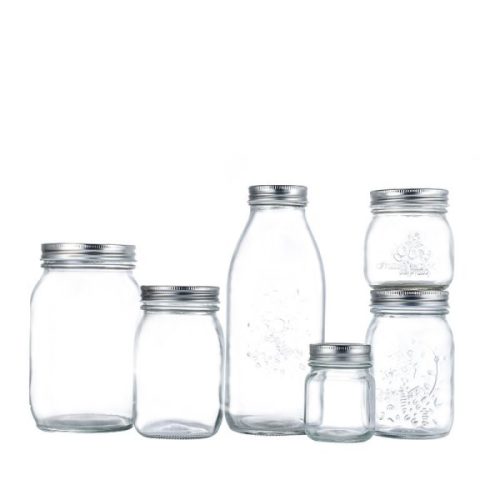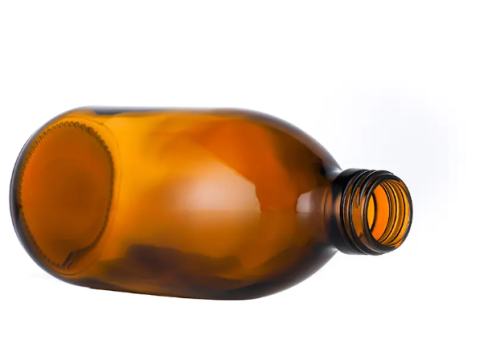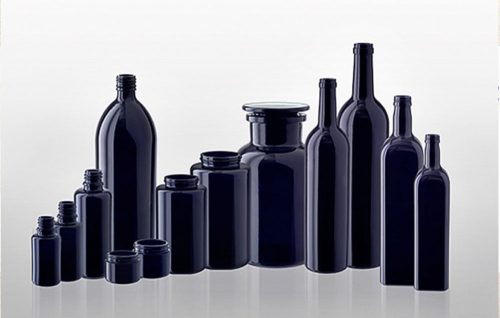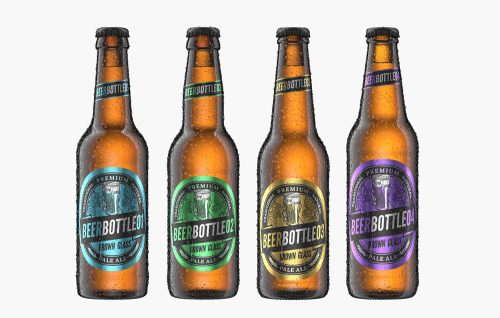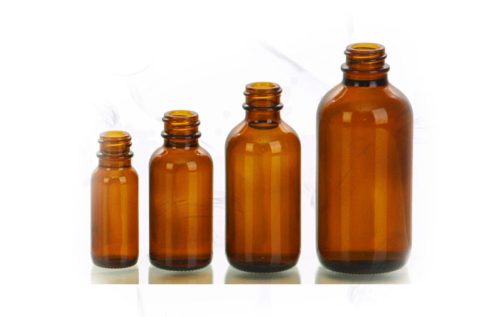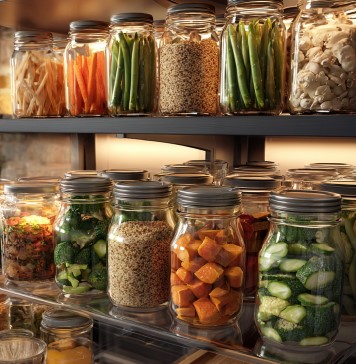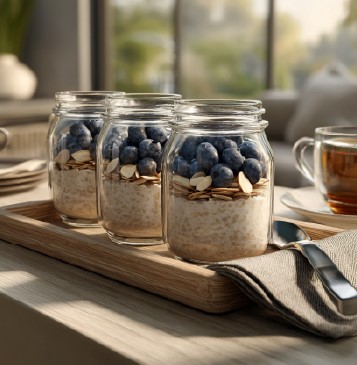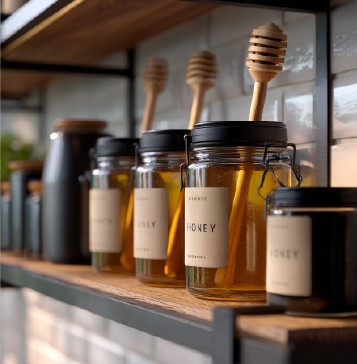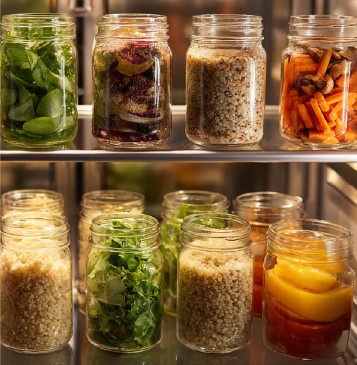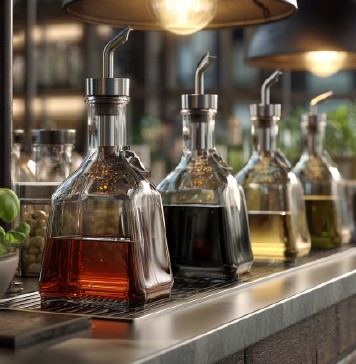-
Arabic
-
English
-
French
-
Malagasy
-
Portuguese
-
Russian
-
Spanish
-
Thai
When trying to package your product, you might find that the selection of bottle types can be a little overwhelming. There are so many different kinds of bottles and jars, in so many different shapes and sizes, with so many different features and accessories. It’s hard to know where to start! When it comes to choosing the right type of bottle for your product, there are a few things you need to think about. The shape is important because it will have an impact on both how much volume you can fit into it and how much weight it will add when filled. The same goes for any stoppers or closures that may be required. The main thing you need to know when choosing a bottle is if the dimensions of your final product match one of the standard glass container sizes. Each type has its own special measurements and volumes, which makes them best suited for certain products while being unsuitable for others.
Table of contents packafill
1 What are the main types of glass containers?
2 Why is shape important when choosing a bottle?
2.1 Finding the right measurement for your product
3 Shape by volume: oz and ml, what’s the difference?
4 Shapes by number: how to find the right one
4.1 Which bottles fit which products?
What are the main types of glass containers?
There are several different shapes of bottle that are most commonly used for packaging, ranging from common household items to specialist laboratory glassware. Round bottles are, as the name suggests, cylindrical in shape and feature a curved profile. They are the most commonly used glass container and are ideal for packaging liquids and creams, as well as for chemical products that might be corrosive or require a high degree of purity. Round bottles can be made using either straight or tapered sides. The main difference between the two is the way they are stacked on one another, with straight-sided bottles fitting together better when the bottles are the same size or of different sizes. Square bottles are basically just round bottles that are shaped like a rectangle. Square bottles are most commonly used for powders and granules. They are also often used to package liquids in small containers, such as behind-the-counter pharmaceutical products that are dispensed using a dropper. Square bottles are often used in the cosmetic and fragrance industries in conjunction with sprayers because the square shape allows for more efficient packaging. Flasks are round-bottomed containers that feature a lab-style bent neck. They are commonly used in the laboratory for the storage and transport of volatile liquids and solids, as well as for chemical reactions. Depending on the size, they can also be used for packaging creams, oils, and other viscous substances. Flasks are usually made out of borosilicate glass or low-expansion glass (LEX), which is designed to withstand greater thermal expansion. Jars are cylindrical containers with relatively wide mouths that are often used for a variety of purposes. They are most commonly used for food products, such as pickles and peanut butter, but can also be used for cosmetic and chemical products. What’s special about jars is that they come in a wide range of different volumes, from 1/8 oz to 64 oz. Jar volumes are measured in fluid ounces (fluid oz), which are slightly different than standard fluid ounces. The difference is that jar volumes are measured at the mid-point of the jar’s inside, while standard fluid ounces measure from the top.
Why is shape important when choosing a bottle?
The shape is important because it determines how much volume you can fit into a bottle and how much weight it will add when filled. The volume of a bottle will depend on its dimensions. The weight, on the other hand, is determined by what type of glass is being used. You will find that the weight of different types of glass varies quite dramatically. This is because the weight of a glass container is determined by how much the glass expands when it is heated. The less it expands, the heavier it is. For example, borosilicate glass – which is used in flasks and beakers for laboratory use – has a very low thermal expansion, which makes it both more durable and heavier than most other types of glass. Meanwhile, low-expansion glass has a higher thermal expansion, which makes it slightly less durable but correspondingly lighter. The volume of your product depends on its own dimensions. If the dimensions of your product match those of one of the standard glass container sizes, you can use those as a general guide for how much volume you can fit into a bottle of a certain shape.
Finding the right measurement for your product
Finding the right measurement for your product is a matter of matching the dimensions of your product to one of the standard glass container sizes. The most commonly used standard glass container sizes are: 32 oz (1 liter) – used for household items such as household cleaners, shampoos, and liquid soaps 16 oz (half a liter) – used for juices, sodas, and other beverages 32 oz (1 liter) – used for toiletries such as shampoos, liquid soaps and conditioners 16 oz (half a liter) – used for household cleaners, lotions and creams 12 oz (quarter liter) – used for non-liquid products such as granules, powders, and food items The standard glass container sizes are the most common sizes because they are used to measure volume in liquid and dry products by weight. They are used as a standard because they can be used with accuracy in a laboratory setting.
Shape by volume: oz and ml, what’s the difference?
When choosing a bottle based on volume, you need to decide whether you want to look at oz or ml. The two are almost identical, so it really is just a matter of personal preference. The main difference between the two is that 1 ml = 0.033 oz, so 1 ml is less than the smallest oz volume (1/8 oz). If your product weighs less than the smallest volume, you can still measure it in ml. The only difference is that you have to round it to the nearest multiple of 5. For example, if your product weighs 0.6 oz, you would measure it in ml as 500 ml. The other thing to keep in mind is that the standard glass container sizes are not perfect. They are actually slightly larger than the volumes that they are meant to represent. For example, the 32 oz (1 liter) standard glass container size is slightly larger than 32 oz (1 liter). This is so that the containers can be accurately weighed on laboratory scales.
Shapes by number: how to find the right one
When choosing a bottle based on shape, you need to decide which type of bottle is best suited for your product. The first thing to look at is the shape of the bottle. Here are some of the most common bottle shapes: – Squat: Squat bottles are generally used for packaging creams or lotions. They are not as common as other types of bottles, but they do have their place. Squat bottles are not recommended for packaging oils and alcohol-based products, as they have a tendency to leak. – Round: If you’re not sure what type of bottle would be best for your product, you can’t go wrong with a round bottle. Round bottles are great for packaging just about anything, from oils to creams to liquids. The only thing to keep in mind is that round bottles are only suitable for containers that are less than 32 oz (1 liter). Anything larger would be too heavy. – Square: Square bottles are great for powders and granules. They can also be used for liquids in small containers such as behind-the-counter pharmaceutical products that are dispensed with a dropper. – Flask: You can use flasks for packaging a wide range of products, including liquids, creams, oils, and other viscous substances. The only thing to keep in mind is that flasks are not suitable for packaging products that are likely to evaporate. – Jar: Jars are excellent for packaging a wide range of food products such as pickles, peanut butter, or granola. They can also be used for non-food items such as cosmetics and chemicals, but they are not suitable for highly viscous substances. – What’s best for one product may not be best for another, so make sure you choose the shape that’s best suited for your product.
Which bottles fit which products?
When you’ve decided which type of Glass Bottle is best for your product, you can start looking for a bottle that will fit your product. The first thing to keep in mind is that you need to choose a bottle that is large enough to hold your product. It doesn’t matter if the bottle is the perfect shape for your product, if it’s too small,









